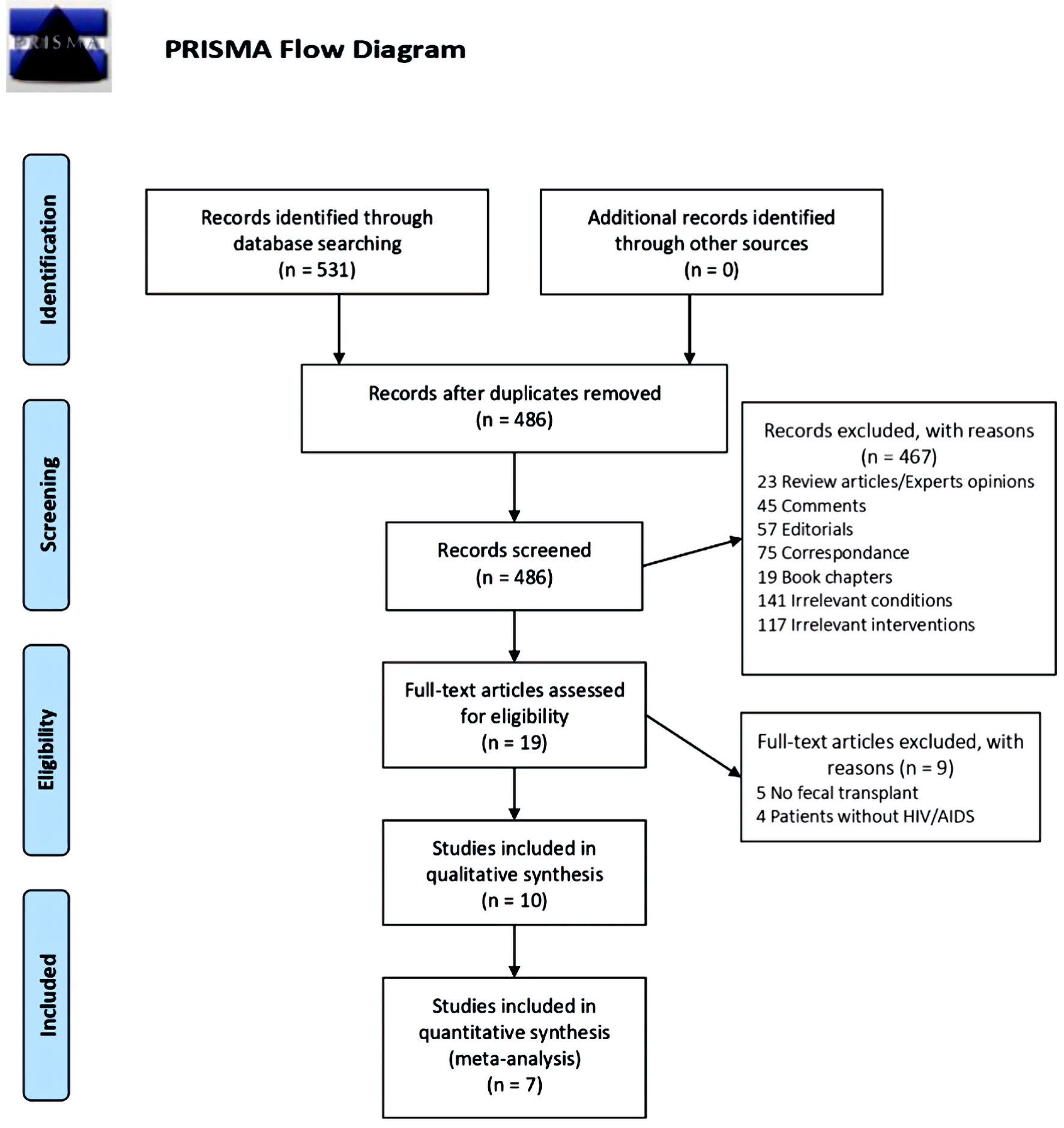
Figure 1. PRISMA flow diagram. PRISMA: Preferred Reporting Items for Systematic Reviews and Meta-Analyses.
| Gastroenterology Research, ISSN 1918-2805 print, 1918-2813 online, Open Access |
| Article copyright, the authors; Journal compilation copyright, Gastroenterol Res and Elmer Press Inc |
| Journal website https://www.gastrores.org |
Original Article
Volume 16, Number 4, August 2023, pages 209-216
Fecal Microbiota Transplantation in Human Immunodeficiency Virus-Infected Patient Population: A Systematic Review and Meta-Analysis
Figures



Table
| Study | Design | Sample size | HAART % | FMT delivery | Number of transplants | Stool amount per transplant | Donor relationship | AEs | Findings |
|---|---|---|---|---|---|---|---|---|---|
| HAART: highly active antiretroviral therapy; FMT: fecal microbiota transplantation; RCT: randomized controlled trial; AIDS: acquired immunodeficiency syndrome; AEs: adverse events; CDI: Clostridium difficile infection; IC: immunocompromised; SAEs: serious adverse events; HIV: human immunodeficiency virus; CDAC: Clostridium difficile-associated colitis; PWH: people with HIV. | |||||||||
| Elopre et al, 2013 [30] | Case series | 2 | 100% | Upper endoscopy | 1 | 30 g | Related | No | Here we have reported the successful and safe use of FMT in two patients with AIDS and recurrent CDI. We believe the use of FMT should be considered in similar patients with recurrent episodes of CDI after standard therapy has failed. |
| Gathe et al, 2016 [29] | Case report | 1 | 100% | Colonoscopy, enema | 4 | NR | Related | No | Fecal microbiota transplantation was given on 3 separate occasions from a biological-related donor without success. It was only after a fourth transplant was done with a nonrelated donor that the patient resolved her diarrhea within 48 h. We suggest that fecal samples from different donors have different abilities to cure Clostridium difficile colitis in at least this immunosuppressed patient. |
| Kelly et al, 2014 [28] | Retrospective cohort | 80 | NR | Lower endoscopy | NR | NR | Related and not related | Yes | This series demonstrates the effective use of FMT for CDI in IC patients with few SAEs or related AEs. Importantly, there were no related infectious complications in these high-risk patients. |
| Ling et al, 2016 [20] | Retrospective cohort | 83 | 42% | NR | NR | 20 g | NR | No | Our detailed analysis demonstrated that dysbiosis of fecal microbiota might play an active role in HIV-1 infection. Thus, new insights may be provided into therapeutics that target the microbiota to attenuate the progression of HIV disease and to reduce the risk of gut-linked disease in HIV-1-infected patients. |
| Mandalia et al, 2016 [19] | Consecutive series | 37 | NR | NR | 3-Jan | NR | Not related | Yes | We conclude that response to FMT is equivalent in the immunocompromised and non-immunocompromised population. When comparing the percentage of SAEs between the two groups, no significant difference was found. |
| Ott et al, 2017 [18] | Case series | 3 | NR | Upper endoscopy | 1 | NR | Related and not related | No | The transfer of sterile filtrates from donor stool (FFT), rather than fecal microbiota, can be sufficient to restore normal stool habits and eliminate symptoms. |
| Schunemann et al, 2014 [31] | Case report | 1 | 100% | Colonoscopy and upper endoscopy | 2 | NR | Not related | No | In summary, we present the case of a 54-year-old man with far progressed immunosuppression in poor clinical condition who recovered from fulminant CDAC by stool transplantation. To our knowledge, this is the first case of fecal microbiota transplantation in an AIDS patient. |
| Serrano-Villar et al, 2021 [25] | RCT | 29 | 100% | Oral | 6 | 30 g | Not related | Yes | Gut microbiota manipulation using a noninvasive and safe strategy of FMT delivery is feasible and deserves further investigation. |
| Utay et al, 2020 [24] | Consecutive series | 6 | 100% | Oral | 6 | 150 g | Not related | Yes | Weekly FMT was safe and well-tolerated. A diversity increased in participants with the lowest baseline diversity during the treatment period. Future randomized, controlled trials of FMT should consider evaluating PWH with greater inflammation, gut damage, or dysbiosis as this population may be most likely to show a significant response. |
| Zhou et al, 2018 [23] | Cross-sectional | 68 | 42% | NR | NR | 20 g | NR | No | HIV infection-associated dysbiosis is characterized by decreased levels of diversity and bacteroidetes, increased levels of proteobacteria and the alterations of gut microbiota correlate with the route of HIV transmission. The imbalanced fecal microbiota of HIV infection is partially restored after therapy. |